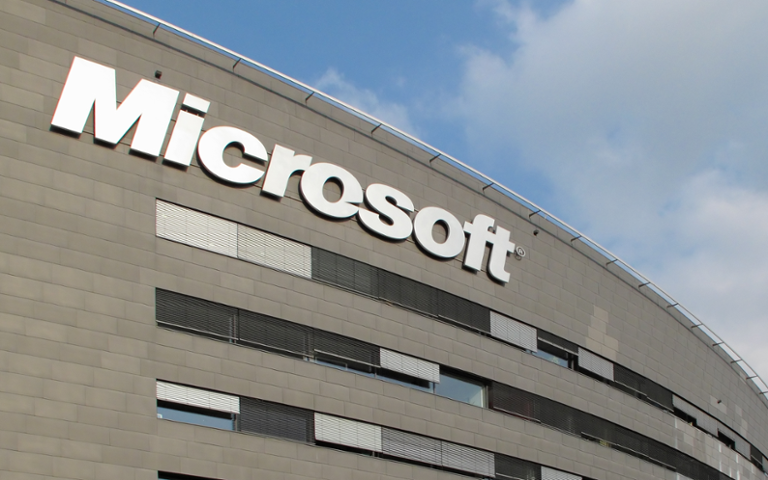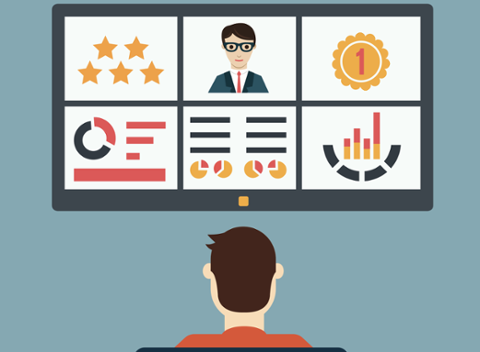Microsoft has changed how it interviews developers and engineers, and you should
really hope it’s the start of a broader trend. With what it calls an ‘
alternative interview framework,’ Microsoft hopes to solve three issues with tech interviews:
- Tech interview questions are outdated.
- Candidates don’t thrive in fast-paced, high-pressure scenarios.
- Teaming with candidates is better than whiteboard tests.
In examining its process around hiring a project manager, Microsoft noticed it had been asking the same stodgy interview questions for a decade. “The questions didn’t make sense when we were trying to find people who’d bring different skills and viewpoints into the team,” writes
John Montgomery, Partner Director of Program Management at Microsoft. Furthermore, candidates would often be asked the same or similar questions by multiple interviewers. This realization led Montgomery to consider how he and his colleagues accomplish tasks; he found their best work was collaborative and un-rushed. The adjusted interview process attempts to drill into which candidate is best, not which is the most clever at answering questions. Microsoft also shares its interview questions with candidates in advance. From Montgomery:
To start with, we let the candidate know a few days in advance what the interview day will look like and what problem we’ll be working on. We give them time to do their own research and to think about it. It’s not like going into work every day is a surprise, so why should an interview be?
Microsoft also provides a candidate with access to the same data as the team, and allows them free rein to search the web or source more data internally. Candidates work with Microsoft’s staff to find a solution, which isn’t always
the solution (some problems are fluid, such as how to change a product to encourage customer engagement). Tech interviews can be long, but Microsoft is trying to make them less tedious. Instead of spending hours cycling through a list of brain teasers or ‘gotcha’ questions, Microsoft essentially puts candidates to work on a single problem throughout the day. Each interview session focuses on a different phase; a PM candidate would see things through, from understanding the customer’s issue down to executing a solution and placing it in front of that customer. Interviewers are paired up, and a candidate is handed off to two-person teams throughout the process. Interviewers now withhold judgement on candidates until they can meet as a larger group, and are told not to signal to other two-person squads if they like a candidate or not. According to Montgomery, this is working for everyone. Feedback from candidates has been stellar, and interviewers are enjoying the new-look interview process. We hope this catches on beyond PM roles at Microsoft, too. Montgomery says the results have “surpassed” their expectations, which is a good indicator Microsoft sees promise in
the process. It’s a bit resource-heavy – two interviewers instead of one, and you need conference rooms or other space to hold interviews throughout the day – but it’s reportedly working.



